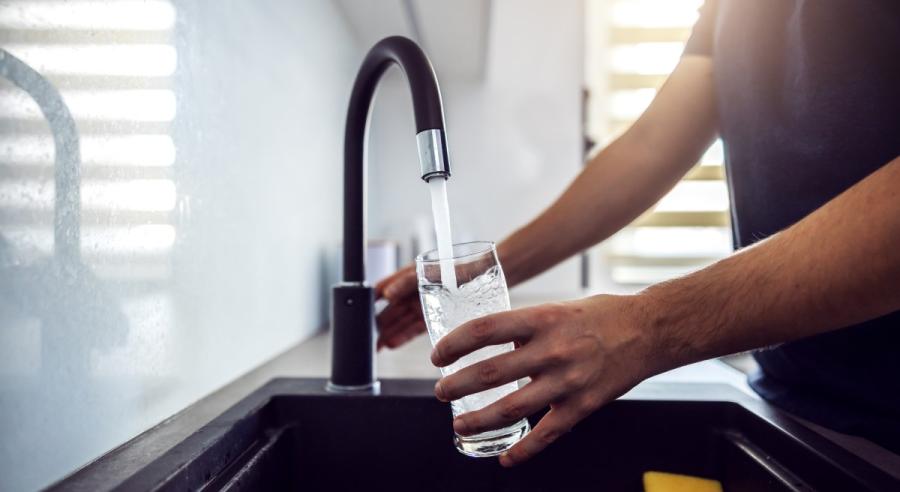How to Check for Lead Plumbing in Your Home

Like many older cities, some homes and businesses in the Cleveland Water system may have lead service lines or plumbing that contains lead. Here's how to know the potential for lead in your home plumbing.
We take the risks associated with lead pipes seriously. That's why we take several proactive steps to reduce lead in our system and protect you and your family, including optimizing water chemistry, regular monitoring, and engineering controls. These efforts have been successful at reducing the potential for exposure to lead in drinking water.
We also want to empower our customers with information so you can know the potential for lead in your home plumbing. Having this information will help you determine what, if any, additional action to take in order to ensure the highest quality drinking water comes out of your tap.
CHECK Our Service Line
Use our Check Your Connection tool to learn if your city-owned service line is likely to be lead. The city-owned portion of the service line extends from the water main in the street to the shut-off valve near your sidewalk or tree lawn.
After you enter and submit the requested information, a response will appear letting you know the likelihood of a lead city-owned service line for the address you entered. Generally, if your home was built after 1954 or your service line is larger than one inch in diameter, it is unlikely you have a lead service line.
TEST Your Service Line
You can determine the type of material your portion of the service line is made of by performing the magnet and penny test. Watch our video for step-by-step instructions on how to perform the magnet and penny test.
Once you determine what your service line is made of, record your results using our online Lead Reporting Tool. Having this information will help us to better target existing efforts to proactively address lead in our water distribution system.
Know the DATE of Your Plumbing
Knowing the date of when plumbing components were installed in your home will help you understand your risk of lead exposure through pipes, solder, and potable water faucets and fixtures.
If your plumbing or fixtures were installed before 1986, there’s the potential that lead exits in the pipes or solder. Since June 1986, the Safe Drinking Water Act has prohibited the use of lead pipes for potable water. It also reduced the allowable level of lead in plumbing solder to less than 0.2%
Brass used in potable water fittings and fixtures manufactured between 1986 and 2014 could contain up to 8% lead. The Safe Drinking Water Act of 1986 reduced the allowable level of lead in brass used for potable water fittings and fixtures to less than 8%. In 2014, the Reduction of Lead in Drinking Water Act reduced the level to less than 0.25%.
